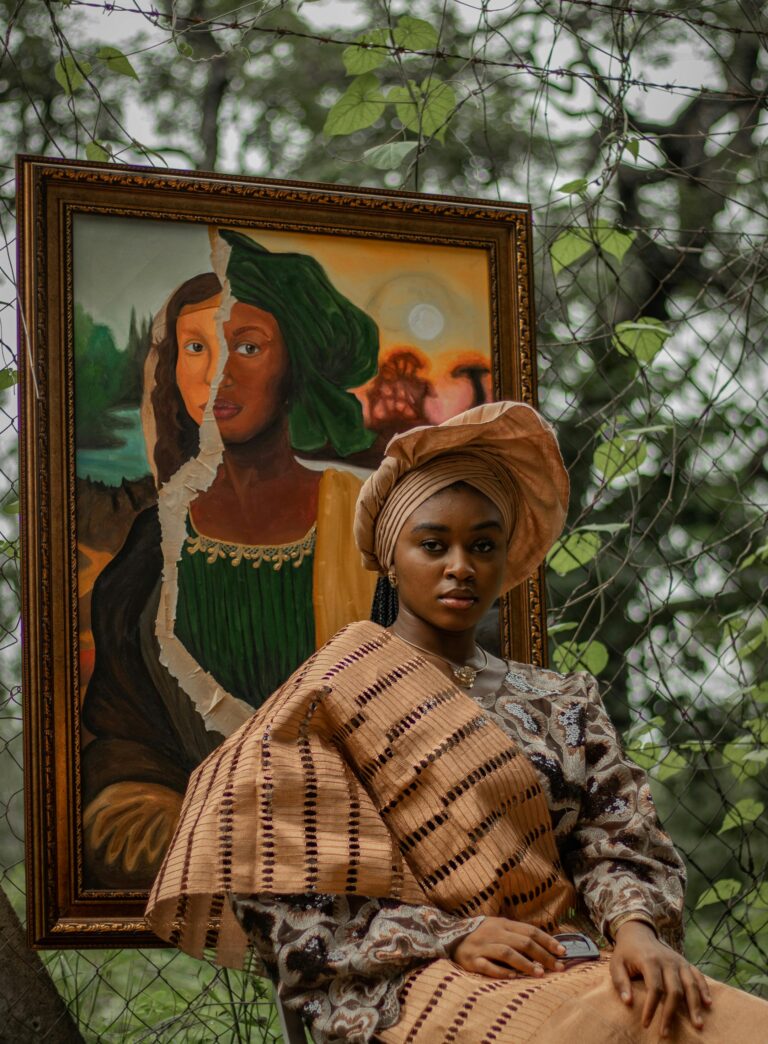Our Story
At Bidloom, we curate exceptional exhibitions, connecting artists to a worldwide audience through our digital auction platform.
A Few Words About Us
Mission
At Bidloom, our mission is to create a dynamic global platform where artists showcase their brilliance, and art enthusiasts discover treasures that resonate with their soul. We strive to foster a vibrant community, celebrating the diverse narratives embedded in every stroke and sculpture, making art accessible and meaningful to all.


Vision
Bidloom envisions a world where artistic expression flourishes, transcending borders and connecting hearts. We aim to be the premier global auction house, shaping the future of art curation, where each bid contributes to the enduring legacy of creativity and cultural appreciation.
The Father of Arts

-Giorgio Vasari
Giorgio Vasari, a true luminary of the Renaissance, stands as the “Father of Arts.” His monumental work, “Lives of the Most Excellent Painters, Sculptors, and Architects,” not only chronicles the lives of artistic titans but also shapes our understanding of art history. Through Vasari’s eloquent prose, the essence of Renaissance art comes alive, immortalizing him as the revered patriarch of artistic legacy.




History of Arts: A Visual Journey
- Cave Paintings: Exemplified by the Lascaux Cave Paintings, early humans depicted animals and scenes of daily life.
- Egyptian Art: The Great Sphinx and hieroglyphics on the Rosetta Stone showcase ancient Egyptian artistic prowess.
- Greek Sculpture: The iconic "Discobolus" and "Venus de Milo" represent the perfection of classical Greek aesthetics.
- Illuminated Manuscripts: The Book of Kells exemplifies intricate craftsmanship during the medieval period.
- Leonardo da Vinci's "Mona Lisa": An epitome of Renaissance art, showcasing realism and sfumato technique.
- Bernini's "Ecstasy of Saint Teresa": A dramatic example of Baroque art, capturing intense emotions.
- Jean-Honoré Fragonard's "The Swing": A playful representation of the Rococo style's lightness and frivolity.
- Jacques-Louis David's "Oath of the Horatii": Symbolizing the return to classical ideals during the Neoclassical era.
- Eugène Delacroix's "Liberty Leading the People": A poignant portrayal of the French Revolution's spirit.
- Gustave Courbet's "A Burial at Ornans": Realism sought to depict everyday life without idealization.
- Claude Monet's "Impression, Sunrise": This painting gave rise to the term "Impressionism."
- Vincent van Gogh's "Starry Night": An iconic example of the emotionally charged style of Post-Impressionism.
- Pablo Picasso's "Guernica": An anti-war masterpiece reflecting the turmoil of the 20th century.
- Banksy's Street Art: A modern example of art challenging traditional boundaries and engaging with societal issues.
Prehistoric Art (c. 40,000 BCE – 2,000 BCE)
– Cave Paintings: Exemplified by the Lascaux Cave Paintings, early humans depicted animals and scenes of daily life.
Ancient Art (c. 3000 BCE – 476 CE)
– Egyptian Art: The Great Sphinx and hieroglyphics on the Rosetta Stone showcase ancient Egyptian artistic prowess.
Classical Art (c. 480 BCE – 323 CE)
– Greek Sculpture: The iconic “Discobolus” and “Venus de Milo” represent the perfection of classical Greek aesthetics.
Medieval Art (c. 500 CE – 1400 CE)
– Illuminated Manuscripts: The Book of Kells exemplifies intricate craftsmanship during the medieval period.
Renaissance Art (c. 1400 CE – 1600 CE)
– Leonardo da Vinci’s “Mona Lisa”: An epitome of Renaissance art, showcasing realism and sfumato technique.
Baroque Art (c. 1600 CE – 1750 CE)
– Bernini’s “Ecstasy of Saint Teresa”: A dramatic example of Baroque art, capturing intense emotions.
Rococo Art (c. 1730 CE – 1790 CE)
– Jean-Honoré Fragonard’s “The Swing”: A playful representation of the Rococo style’s lightness and frivolity.
Neoclassical Art (c. 1750 CE – 1850 CE)
– Jacques-Louis David’s “Oath of the Horatii”: Symbolizing the return to classical ideals during the Neoclassical era.
Romanticism (c. 1800 CE – 1850 CE)
– Eugène Delacroix’s “Liberty Leading the People”: A poignant portrayal of the French Revolution’s spirit.
Realism (c. 1840 CE – 1900 CE)
– Gustave Courbet’s “A Burial at Ornans”: Realism sought to depict everyday life without idealization.
Impressionism (c. 1860 CE – 1900 CE)
– Claude Monet’s “Impression, Sunrise”: This painting gave rise to the term “Impressionism.”
Post-Impressionism (c. 1886 CE – 1910 CE)
– Vincent van Gogh’s “Starry Night”: An iconic example of the emotionally charged style of Post-Impressionism.
Modern Art (c. 1900 CE – Present)
– Pablo Picasso’s “Guernica”: An anti-war masterpiece reflecting the turmoil of the 20th century.
Contemporary Art (c. 1945 CE – Present)
– Banksy’s Street Art: A modern example of art challenging traditional boundaries and engaging with societal issues.
Value of Art
Art is not merely an aesthetic expression; it holds a profound value that transcends visual appeal. At Bidloom, we celebrate the essence of art, recognizing its multifaceted significance.
- Cultural Heritage: Art reflects the cultural narrative of civilizations. Each piece tells a story, preserving heritage, traditions, and the collective memory of humanity.
- Emotional Impact: Art has the power to evoke emotions, from joy to contemplation. It creates a unique connection between the artist and the beholder, fostering a shared emotional experience.
- Investment and Legacy: Beyond aesthetics, art is an investment. Collecting valuable artworks contributes to a legacy, passing down cultural and financial assets through generations.
- Social Commentary: Many artworks serve as powerful social commentaries, addressing contemporary issues, challenging norms, and sparking conversations that shape societal perspectives.
- Inspiration and Creativity: Exposure to diverse artworks fosters inspiration and creativity. Artists push boundaries, encouraging viewers to think beyond conventional limits.
- Economic Impact: The art industry contributes significantly to the global economy. By participating in art auctions, you not only support artists but also contribute to the economic ecosystem.
- Personal Expression: Art allows artists to convey their thoughts, experiences, and perspectives in a unique visual language. Owning such pieces adds a layer of personal expression to your space.
Join us at Bidloom to explore and acquire artworks that go beyond their visual appeal—artworks that encapsulate history, emotions, and the very essence of what it means to be human. Experience the intrinsic value of art with us.



